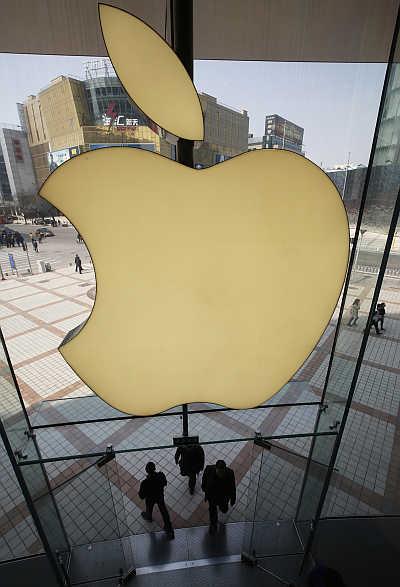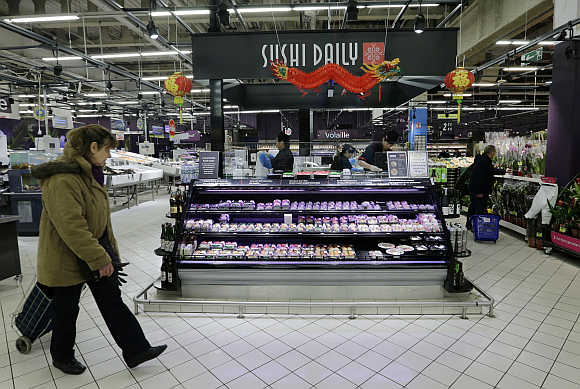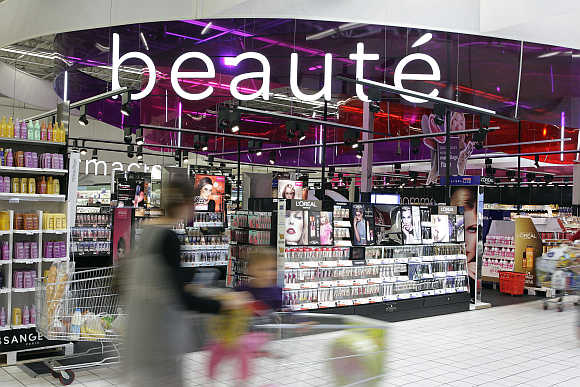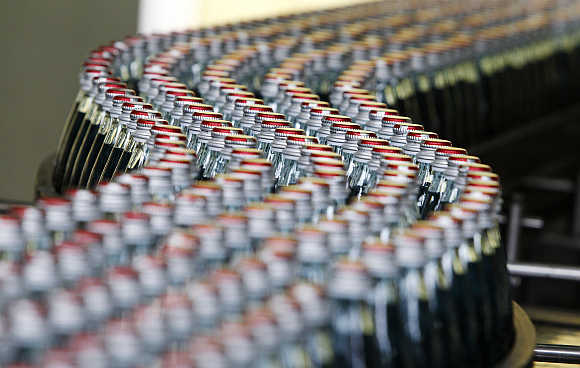 | « Back to article | Print this article |
How brands in India can change lives for better
“We have bigger houses and smaller families; more convenience but less time; we have degrees, but less sense; more knowledge, but less judgement; more experts, but more problems; more medicine, but less healthiness. We have been all the way to the moon and back, but have trouble crossing the street to meet the new neighbour.
"We built more computers to hold more information to produce more copies than ever, but have less communication. We have become long on quantity, but short on quality. These are the times of fast food and slow digestion; tall man and short character; steep profits and shallow relationships. It is time when there is much in the window and nothing in the room.”
This piece, written by the Dalai Lama, is reflective of the paradox of our age. Today’s lifestyle is defined by speed, ambition, materialism and competition - “I want it, I want it fast and before anyone else”.
These factors have become the social markers of progress. There is nothing wrong with this thinking; it is, after all, ambition that drives society forward. However, such progress has come at a price. We have lost something to gain something.
Click NEXT to read more...
How brands in India can change lives for better
As our lifestyle has improved, life’s challenges have been replaced with lifestyle challenges. Let’s consider a few examples. Technology has helped us build faster cars. However, cities have become more congested and crowded as a result of urbanisation, migration and general prosperity. Thus, faster cars (better lifestyle) mean that the average speed of cars on the road has decreased (a lifestyle challenge).
People are living longer, thanks to better healthcare services - both pre-emptive and curative. However, environmental changes, a hectic pace of life and better healthcare detection mean ailments are being detected earlier and new diseases are emerging. Obesity, diabetes and depression emerge earlier in life, and not necessarily because of ageing. Balding is no longer just a hereditary effect. People are beginning to look older before they actually grow older. It makes one wonder whether we have actually progressed.
Though iconic brands will always be positioned to cater to larger human needs, as outlined by the American psychologist Abraham Maslow, lifestyle changes and their attendant challenges provide brands an opportunity to connect stronger with consumers today - by espousing purposes based on the “paradox of life”.
Brands can hold up a mirror to society with regard to what it loses out on as it pursues progress. Let’s consider the Dalai Lama’s observation of “no time to meet neighbours” and “quantity over quality”.
Click NEXT to read more...
How brands in India can change lives for better
In today’s busy life, as people pursue their individual goals (often for the good of their families based in India), time spent with family and friends (which is a basic need) is diminishing (a lifestyle challenge). A brand that facilitates bonding can make society sit up and rediscover the joy of bonding as a larger purpose. Similarly, we have more convenience but less time.
Again, in our pursuit of competitive goals, we use whatever time-saving products are available to supposedly achieve more (a lifestyle challenge), and as a result we miss out on the small joys of everyday life (a life need). Ironically, people who go to foreign lands to observe the sunset quietly on a beach do not have enough time to do the same in their hometowns. A “convenience” brand could espouse the cause for society to relax and indulge in some of the supposed sins of life, like laziness, to take in natural beauty.
A “food” brand could espouse its taste and yet promote good health by urging people to sit down and use the products it has to offer. Lifestyle opportunities could go beyond brand-promoting activities. They offer new possibilities, such as product innovations.
Click NEXT to read more...
How brands in India can change lives for better
An automobile brand could promote healthy driving or riding, by offering a product that might make better use of the ever-increasing travel time to work. “It’s good for your back” could be the proposition for a tyre brand that takes the bumps and ensures you reach your destination in healthy shape - and not just good shape. With more air-conditioned cars driven by chauffeurs (a lifestyle change), people from different socio-economic classes and lifestyles come closer, which could have implications.
It provides an opportunity to create a car deodoriser that not only makes the car smell good but also kills harmful germs. A cosmetic brand can position itself on the new causes of skin problems. Since skin drying happens not only in winters but throughout the year due to the constant exposure to air-conditioning, a moisturiser made for dryness caused by air-conditioning (distinct from winter dryness) could be an offering.
Similarly, a face wash designed to deep-clean dirt accumulated through pollution and keep the complexion natural opens up a rich space for cleanser brands. Malted beverages have been promoted as energisers. However, since sleep deficiency is growing across all age groups, a drink that puts you to sleep could be a lifestyle opportunity.
Click NEXT to read more...
How brands in India can change lives for better
As people are increasingly growing conscious about their health, a tea brand can promote black tea as a healthier way to consume the beverage. The growing awareness of drinking water as one of the major causes of ill health, coupled with the fact that drinking three litres of water a day is a simple secret for healthy living, gives a brand an opportunity to make day-size water bottles for individuals to keep track of daily water consumption.
As society becomes more sedentary, ergonomics (after aesthetics) could be the next frontier for a furniture brand. If sitting was the life need for furniture, ergonomics is the lifestyle need. Similarly, “good for the eyes” could be the proposition and purpose for a lighting brand. The examples cited in this article are illustrative, not definitive.
But reflecting on the implications of changes that are “supposedly” improving lifestyles provides pointers to new opportunities, both in product innovations and in positioning. The insights in the Dalai Lama’s paradoxes of our age can be used as a starting point. Something worth thinking about.
The writer is Vice-Chairman, Ogilvy India. These views are his own.





